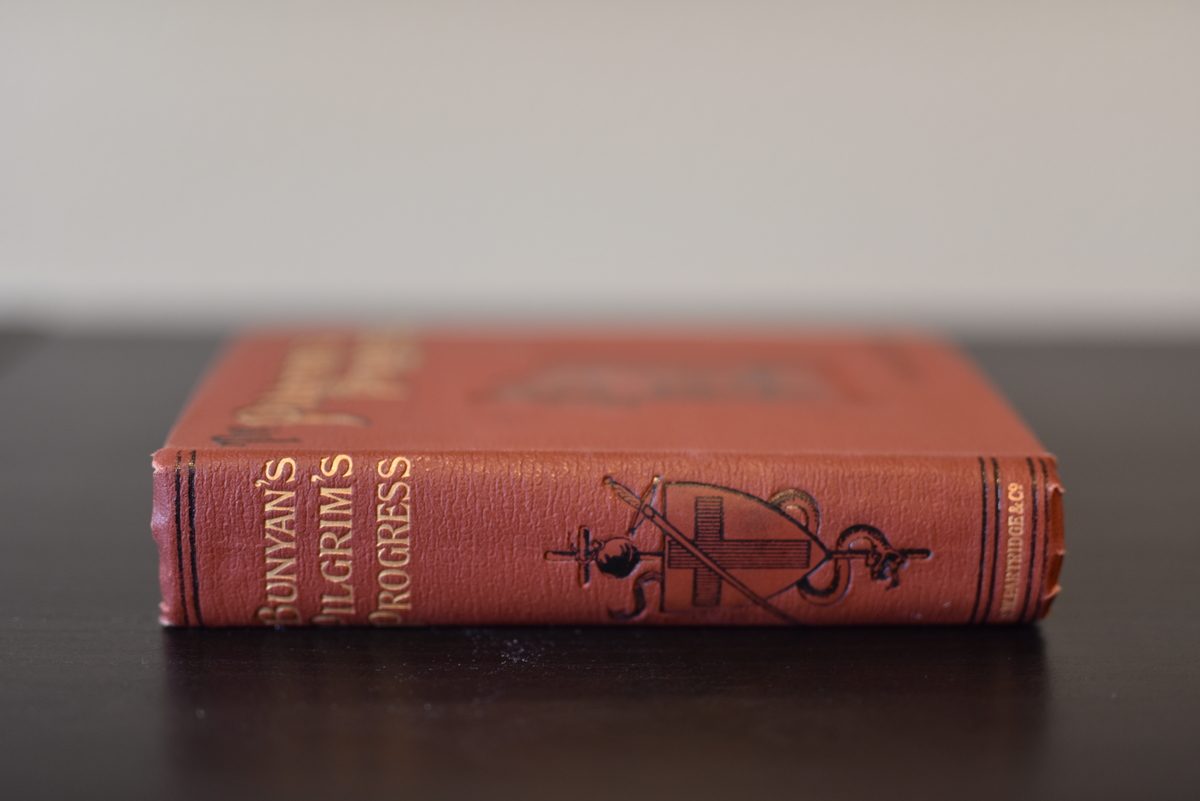What happens to Christians after they come to Christ? Learn about the journey that is the Christian life.
And Jacob said to Pharaoh, “The years of my pilgrimage are a hundred and thirty. My years have been few and difficult, and they do not equal the years of the pilgrimage of my fathers.” Genesis 47:9
Thy statutes have been my songs in the house of my pilgrimage. Psalm 119:54
All these people were still living by faith when they died. They did not receive the things promised; they only saw them and welcomed them from a distance. And they admitted that they were aliens and strangers (pilgrims) on earth. Hebrews 11:13
“You know the way to the place where I am going.” John 14:4

The Christian life is a pilgrimage, a dynamic journey with a start and a finish, with a place of origin and a final destination. So often Christians view “salvation” as a static thing, a commodity that is procured at some point in life (perhaps after praying the sinner’s prayer, or walking the aisle at a revival), and which once we’ve got “it” we can never lose “it.” The Bible actually depicts salvation as a process, a journey of faith in Christ. It begins at a definite moment when by faith the sinner repents and trusts Christ. He is at that moment “justified” (i.e. declared not guilty by God Almighty because of the gift of Christ’s righteousness given through simple faith). But this is merely the beginning of the salvation pilgrimage. There are miles to go before we sleep!
The basic concept of a pilgrimage is that of a journey to a holy place. Most non-Christian religions have this concept. For polytheistic religions, it stems from the idea that gods occupy certain localities where their power is active, and in order to pray or sacrifice to that god, you have to travel to where he dwells. Thus, pilgrimage is a big part of Hinduism, as pilgrims make their way to the Ganges River to bathe in its “sacred waters.” I frequently saw Buddhists in Japan with their large straw hats and their walking staffs making pilgrimages around the shrines on the island of Shikoku where I was serving as a missionary. One of the five “pillars” of Islam is a pilgrimage (hajj) to Mecca, to be made at least once in a lifetime by Muslims. Medieval Catholicism also involved pilgrimages to holy shrines where the relics of saints were thought to confer healing powers. Chaucer’s Canterbury Tales were written as though told by travelers on such a pilgrimage.
But the Christian pilgrimage is nothing like this at all. It is a spiritual journey along a “Way” who is a Person, with a destination who is also a person: Jesus said “I AM the Way… no one comes to the Father except through me” (John 14:6). Day by day, we follow the leadership of the Holy Spirit along that Way, putting sin to death, resisting temptation, bringing forth fruit for God, growing in Christ-like maturity. All the while, we become more and more aware by faith that this sin-cursed planet is not our true home, and that we are merely aliens and strangers (i.e. pilgrims) passing through. God and God alone is our true home, and we’re not home yet.
“The Christian life is a pilgrimage, a dynamic journey with a start and a finish, with a place of origin and a final destination.”
A seventeenth-century Baptist named John Bunyan left the Church a remarkable legacy in his timeless allegorical account of the Christian life, The Pilgrim’s Progress. The work was written while he was in prison for preaching the gospel. In 1675, he was incarcerated in a jail located on a bridge over a river in Bedford, England, but instead of wallowing in despair at being separated from his wife and blind daughter, he redeemed the time by writing this allegory. It continues to bless the Church 325 years later, for it describes the entirety of the Christian pilgrimage from initial hearing of the gospel through conversion and into the journey of sanctification until the Christian reaches heaven.
*Editor’s Note: Please listen to Andy’s class on The Pilgrim’s Progress to learn from Bunyan’s amazing insights which will help you as you make progress in your own pilgrimage from the “City of Destruction” to the “Celestial City.”


